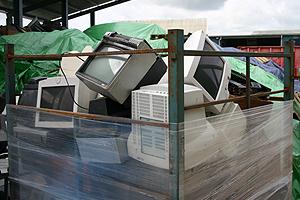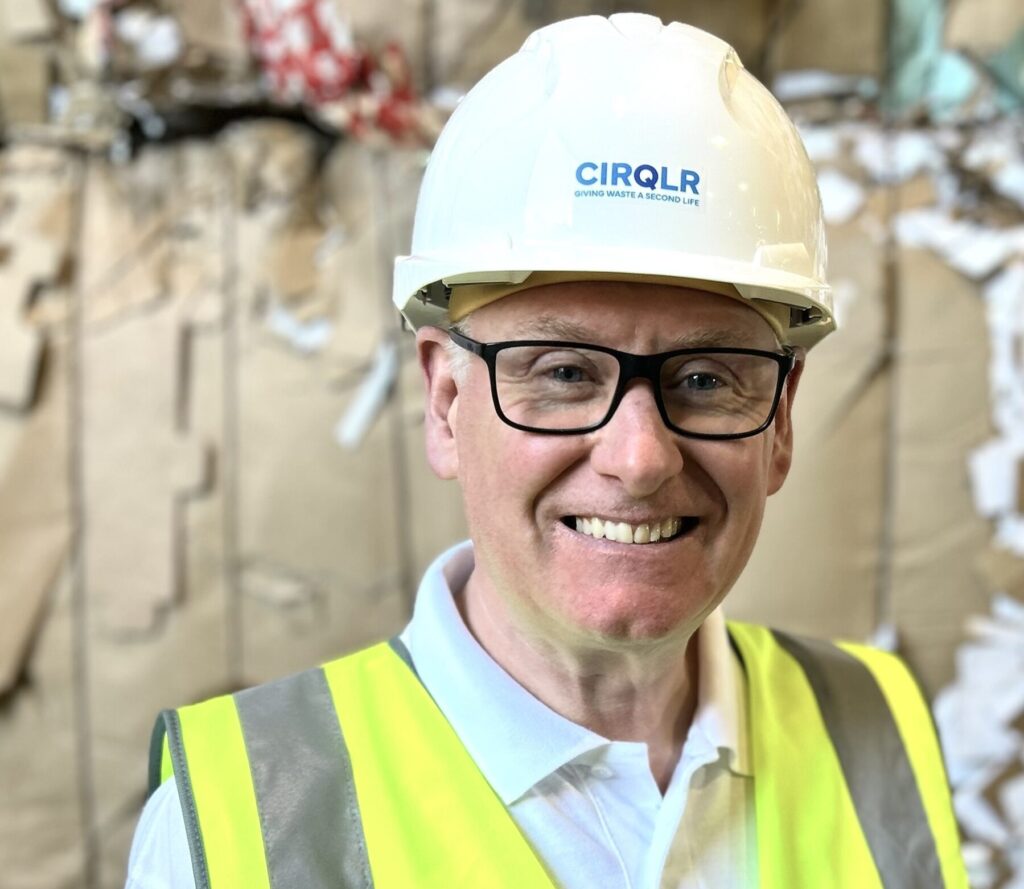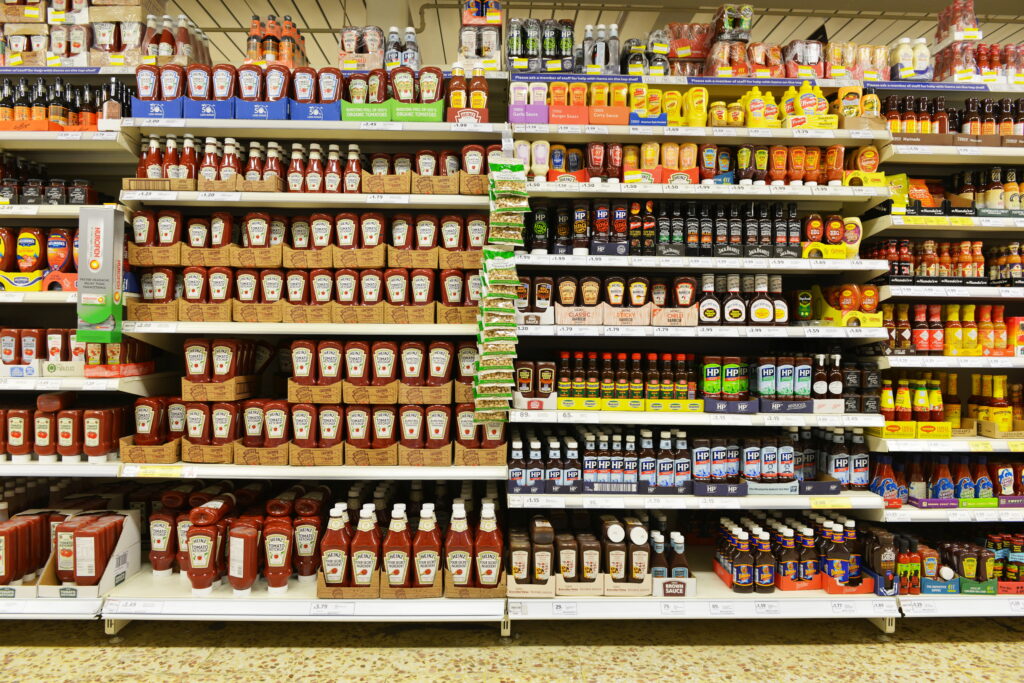The Second International Congress on the Management of Hazardous Waste took place in Bogota, Colombia on 18-20 November 2008. It was mainly the speakers who formed the international contingent but the total participants numbered just under 1000 during the three days. There were a wide variety of representatives from government from municipalities, regions and central government departments, businesses and the third sector.
I was invited by the Environment Ministry of the Government of Colombia to speak first about life cycle analysis and on the last day about producer responsibility. Not only did we learn a considerable amount about the waste management practices of Colombia and some other South American countries but the congress also provided an opportunity to update on recent developments in several European states as well.
Colombia
Colombia has a population of 42 million and covers an area of 1,140,000km2 giving an average density of 37 persons per km2. However, the feel of Bogota, Colombia's capital is of a very densely packed city. Its 8 million inhabitants – the same as London – are packed into an area of only a quarter that of London with buses as the only means of public transport. The only passenger rail service in the whole country is a steam train which operates on national holidays taking travellers from Bogota to the tourist destination of Zipaquira (and I am sure even that service has now ceased to run).
Zipaquira's Cathedral of Salt describes itself as the greatest wonder of Colombia but in my view the Gold Museum in Bogota is at least an equal contender. The Catedral de Sal was hewn from the upper reaches of an existing salt mine, the only one in South America, by 300 miners over a three year period 1992-95 and can accommodate 700 people for services, including marriages. Below the cathedral salt is extracted at the rate of 400 tonnes per day and forms one of the main constituents of Columbia's chemical industry.
From a waste perspective there was also interest in the salt mine in the context of Germany's sub-surface hazardous waste management disposal and recovery options outlined by Professor Erwin Thomanetz from the University of Stuttgart in Germany in his comprehensive exposition of the hazardous waste management system in Germany. Britain, now of course now has its own salt mine waste disposal system, Minosus built into a salt mine in Cheshire.
The amount of hazardous waste generated each year in Colombia is estimated as 400,000 tonnes, not comparable with the European situation, as the Colombian definition of hazardous focuses mainly on chemical residues. However, there is considerable concern with regard to WEEE, including gas discharge lamps, and therefore in the final plenary session a voluntary agreement was signed between government and industry on post-consumption WEEE and the lighting sector. Signatories included Phillips, Osram and Sylvania.
Many of the presentations and discussions focused on the problem of WEEE. Colombia is playing a leading role within the South American region, assisted by the Swiss research institution EMPA (www.empa.ch), with funding from the Swiss Government and other sponsors and further technical assistance from other partners.
Computers for Education
Daniel Ott, who has been working with EMPA, looked at the problem of computer waste by examining the market for computers in Colombia. Globally computer sales are growing, especially for laptops, but while the USA and European markets have been posting more modest growth recently, in the developing economies there is ever greater demand. In terms of the implications for waste, therefore while between 1994 and 2004 500m computers became waste by 2010 Greenpeace are estimating that there will 168m obsolete computers generated each year, implying 120,000 tpa of computer waste in South America.
EMPA started work in 2007 to provide technical assistance to the IT and communications industries in Colombia and in 2008 helped produce a plan for e-waste. There are now collections of mobile phones in 36 municipalities. With computers EMPA estimate that between 2005 and 2007 2 million computers were sold in Colombia and in the period 2007-2013 10 million will be sold. This means that there will be double the number in half the time. In Colombia computers are being sold mainly for household use, 47%, compared to the private sector's 33% and public sector's 20%. Computer waste generation amounted to an estimated 40-60,000 tonnes between 2005 and 2007. Already there is WEEE being dumped daily onto the streets of Bogota.
Computers for Education is an initiative of the Colombian Government to provide more computers for schools, mainly from donated refurbished computers. Daniel Ott noted that the majority for the foreseeable future would come from overseas and that the London-based charity Computer Aid International was the largest donor of such computers in the world. The computers supplied by Computer Aid International were all working but was there an argument for such computers to be reconditioned in Colombia rather than overseas. (He did not discuss the implications of the Trans-frontier Shipment of Waste Regulation.) Reconditioning computers in Colombia was now taking place with 125,000 donated units, of which 77,000 were reconditioned benefiting 8960 schools and providing 240 workshop places for both skilled and unskilled staff to undertake the refurbishment.
Mr Ott emphasised that there was a further need, to ensure that any computers incapable of
Progression
A further presentation on this theme by Leila Devia-Angel Camacho, a Colombian involved in an internal initiative to boost Computers for Education, showed how this was progressing. Over two consecutive weekends in April 2008, 19/20 and 26/27, at four Carrefour superstores in Bogota people were asked to donate their surplus computers and peripherals. The whole exercise was very carefully monitored from start to finish. Therefore the 626 donors were asked what had influenced them to donate and what media were the most influential in making them donate equipment. Television commercials proved the most influential in persuading people to donate at 38.7% and radio 18%.
Each of the 557 computers and also the peripherals were carefully assessed with make and type noted. While it was expected that there would be predominantly older equipment donated this proved unfounded, although some ancient 286s were presented. To be used in the scheme the computer had to be at least a Pentium II, which would allow an estimated further three years of use. Of the computers and monitors donated 70% of the computers were refurbished and 65% of the monitors. The really old equipment was donated to a museum.
The equipment not re-used was subject to disassembly and the waste hierarchy followed so that some components were retained as spare parts and the majority of the material it was hoped could be recycled. However, all the components and materials were assessed against the hazardous waste criteria used in the Basle classification of waste. Therefore in the case of monitors, due to the presence of leaded glass 79.5% of the total weight of the monitor was classified as hazardous, while for the computers, mainly PCs, only 19.4% was hazardous. Interestingly under the European Waste Catalogue once properly disassembled and de-polluted in both cases far less of the material would be classed as hazardous.
The whole operation was subjected to a full cost analysis as well, including the costs of de-manufacture and administration, which because of the high value of secondary materials at the time proved positive.
Conclusion
As can be readily appreciated while there have been significant advances in the management of hazardous waste in Colombia but much of that is dependent on guidance and advice from outside of the country. Nevertheless, within South America, certainly for WEEE, Colombia is now an exemplar pioneering the management of that important aspect of hazardous wastes management.









Subscribe for free